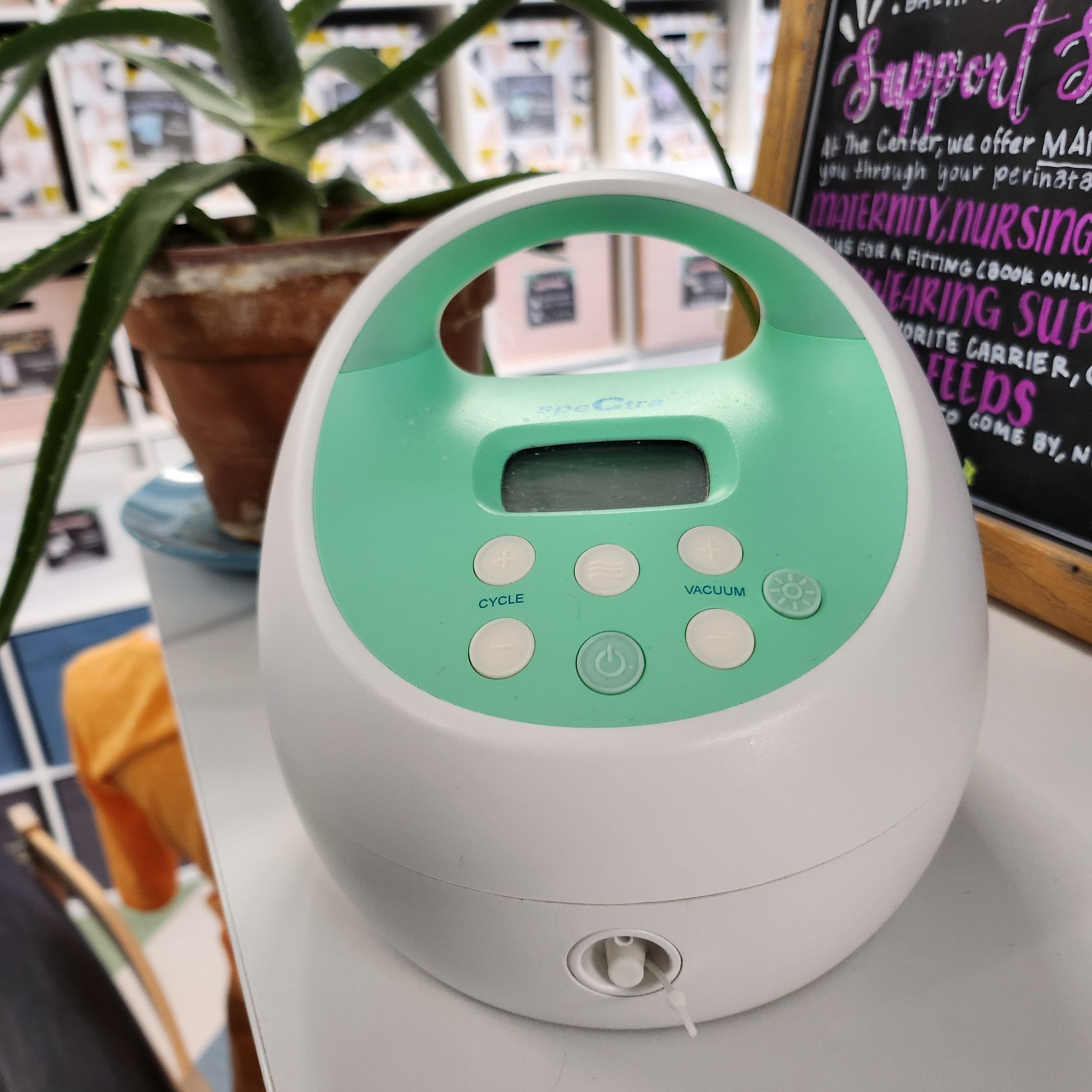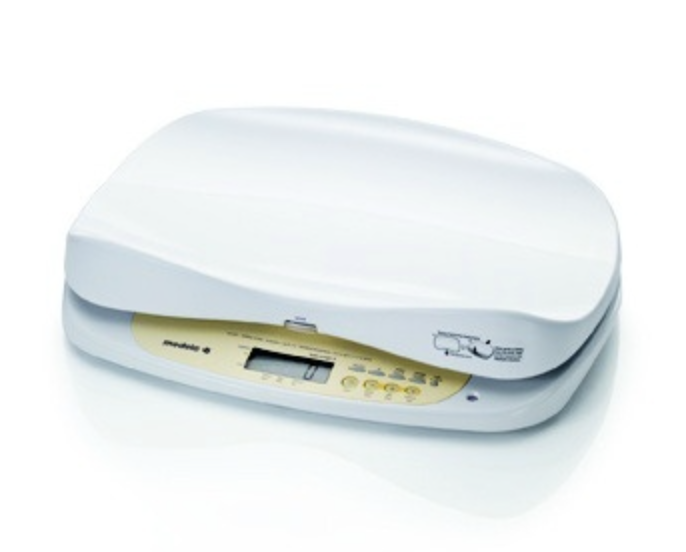Troubleshooting
Your Pump Rental
Common General Questions About Cleaning & Sanitizing
-
Almost all pump parts should be cleaned and sanitized.
If the pump part touches breast milk, then it should be cleaned thoroughly after each use (these parts include breast shields/flanges, breast milk bottles, bottle lids, valves, etc).
You should also clean any connector pieces, your backflow protectors, and diaphragms.
The only part that should be cleaned as-needed is your tubing.
Many pumps and brands have reference guides for how to clean their pump parts as well.
See Questions “How Should I Clean…” and “How Should I Sanitize My Pump Parts” for more.
See Question “How Often Should I Clean/Sanitize My Pump Parts” for more.
-
*Reminder: Not all parts need to be cleaned. If the part comes in-contact with breast milk it should be cleaned and sanitized. You should also clean and sanitize any connector pieces, your backflow protectors, and diaphragms. The only part that should be cleaned as-needed is your tubing.
In The Dishwasher:
Separate all parts on the top rack and wash.
Allow parts to air dry in a clean area.
*Note: Using a dishwasher can cause discoloration, but this does not impact function.
In A Wash Basin In The Sink
Use a large bowl or wash basin reserved ONLY for pump parts or breastfeeding supplies.
Do not let the parts touch the sink directly.
Rinse all separated parts.
Wash each part with a clean dish cloth or soft sponge (nothing too abrasive). You can also use a milk soap or a specialty soap like the Quick Clean Soap by Medela.
Rise parts again for 15-20 seconds after washing.
Allow to air dry on a clean surface or dry with a clean washcloth.
*Store parts in a cool, clean place.
-
Sanitizing is to ensure the removal of bacteria and germs and to ensure the safety of use for you and your little one. So, how’s it done?
Boiling Method
NOTE: while this method is fine if it’s your only option, it’s also VERY prone to warp plastic parts as it involves the highest heat for the longest time.
Place parts in a pot and cover with water (drinking-quality).
Once they begin to boil, let them continue for at least 5 minutes.
Set out to dry on a clean cloth.
Microwave Steam:
NOTE: This is the method we use at The Center, and the one we recommend most. It’s fast, effective, and least likely to warp pump parts.
Put parts in a sanitizing bag and follow instructions given for item (the amount of time and water needed for sanitizing can depend on your microwave settings).
Dishwasher Sterilize Cycle:
Place your pump parts in your dishwasher on a sterilize cycle.
You know your dishwasher best—some get VERY hot, too hot for precision-plastic parts (this can result in warping the plastic). If that’s the case, you might rule out this method.
Sterilizing Spray
This is a great option for those pumping away from home or from other methods of cleaning and sterilizing. Follow directions on the spray.
Note: You do still have to clean your pump parts before using the Sanitizing Spray.
-
Before Your First Pumping Session: Your pump parts should be clean before each pumping session. Make sure to wash and sanitize your breast pump parts and bottles before you use them for the first time as well.
Wash your breast pump parts and bottles after each use.
Sanitize once a day (or as needed) after your pump parts have been washed.
-
Clean tubing only if you see residue or condensation.
For condensation you can sometimes leave the pump running and let air pass through the tubes.
You can also use Isopropyl/”rubbing” alcohol to clean them as well.
You can also use vinegar (try a 50:50 ratio of vinegar: water). This can sometimes help with hard-to-remove residue. Soak for 10-15 minutes and hang to dry.
Do not use Apple Cider Vinegar (has sugars which can promote bacteria and fungus growth).
Avoid using water to clean tubing as this can encourage the growth of mold and mildew.
-
We do recommend purchasing extra parts, especially your valves and membranes as they should typically be replaced every 6-8 weeks if you are a frequent pump user.
We also recommend purchasing a few extra bottles and storage bags for packaging and storing your freshly pumped milk, and also to limit the amount of cleaning you’ll be during before and after each session.




